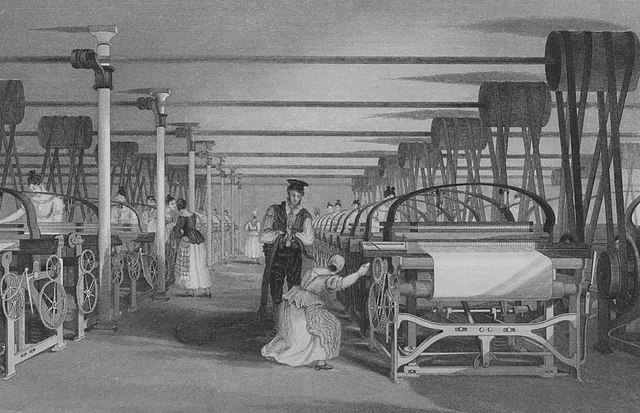How Did We Get Here?
1800s-1850s
The Industrial Revolution Takes Off

In 1829, French tailor Barthélemy Thimonnier invents the first popular sewing machine. Factories and textile machines introduce mass production systems. Before that, most people raised sheep, spun wool, wove fabric, and hand-stitched their clothing.
1900s-1950s
Standardization Increases
By 1936, factories adopt the “progressive bundle system,” which makes each worker responsible for one part of a garment’s assembly. World War II fabric restrictions impel style conformity, opening the way to further mass-production. Still, it's less expensive for most people to make their own clothes, and a store-bought coat can last 20 years.
1960s-1970s
Counterculture Influences Style
The younger generation favors of cheap, trendy styles to express their individuality. In 1975, the Spanish clothing maker Zara opens its first boutique. The company ushers in a new era of fast, disposable, mass-produced garments.
1980s-1990s
Fast Fashion Becomes the Norm
By 1989, most clothing manufacturers—including H&M, Topshop, and major department stores—have adopted Zara's model. Production moves overseas, seeking countries with cheap wages and weak labor laws. The New York Times coins the phrase "fast fashion."
In 1994, the Internet celebrates its first sale. Online newcomers like Shein and Boohoo create an "ultra-fast fashion" model to compete with the big retailers.
2000s-2020s
Environmental Impact Soars

The average number of times a garment is worn before it’s discarded plummets by 36%. Polyester production doubles. The polyester manufacturing process generates 700 million tons of carbon each year, as much as 180 coal-fired power plants. In 2021, the World Economic Forum identifies the fashion industry as the world’s third-largest polluter.